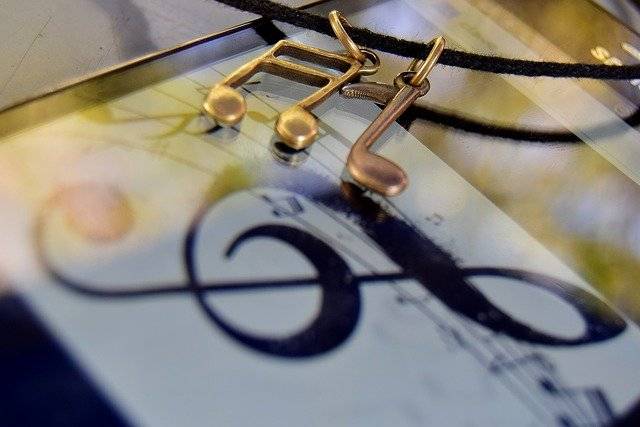
In music theory, notes can be interpreted in two ways:
Not sure what these are and their differences? You are so not alone. Many songwriters and musicians, including some of the really famous ones, have zero or very little music education. They did not learn anything about music theory principles before picking up an instrument or writing their first melody. As a result, having knowledge of all that jazz is, evidently, not necessary for a music career.
But having at least a basic understanding of music notes and how they can assist in crafting a melody, for instance, will help you to become an even better and more versatile songwriter. Interested? Let’s delve further.
On a musical score/sheet music, melodies are made up of several musical notes. In this case, they can be considered the building blocks to any tune. A note as a musical symbol tells a musician or singer how high or low to produce a sound and how long to hold it for. Let’s take the popular tune, Happy Birthday. The melody starts with two separate notes of the same pitch. In other words, the first two notes of the song (“Hap” and “py”) are the same.
In simple terms, a pitch class is referred to as the set of all musical pitches of the same name regardless of octave. Using the same Happy Birthday tune, in addition to the melody starting on the same note, one could also say that the piece begins with two repetitions of the same note. This simply means that the first two notes are of the same pitch class.
Understanding pitch class and notes helps when writing your own song. The melody of your song is essentially a series of pitches, or musical notes. These notes are not random, but associated with a specific key signature or music scale. The single pitch with the greatest stability or dominance within a scale/key signature is referred to as the tonic, and can be classified as a pitch class. This means all octaves of the tonic belong to the same pitch class. The tonic note is equivalent to the ‘do’ in the sol-fa system. All the notes within that key will be related to the tonic.
Just remember, pitch classes are pitches that are equivalent in octaves and also spelled the same. So, for example, every C key you play on a keyboard or any other instrument for that matter (high or low), are all members of the pitch class C. In other words, every octave of C belongs to the pitch class C.
When composing a piece of music, it helps to understand notes and how to use them to form a structured tune. Notes related to each other enharmonically, create harmonic/harmonious sounds. On the other hand, notes that are not enharmonically equivalent can create discordant sounds. Enharmonic and discordant sounds both have their place in music. It’s up to you to choose the mood of your song.
As you progress in your songwriting journey, be sure to delve deeper into music notation and music theory to broaden your understanding of the entire composition process. This should boost your skills and definitely help you to write smashing tunes. To help you out a bit more, check out our webinar on music theory for beginners below (be sure to use speakers when listening).




